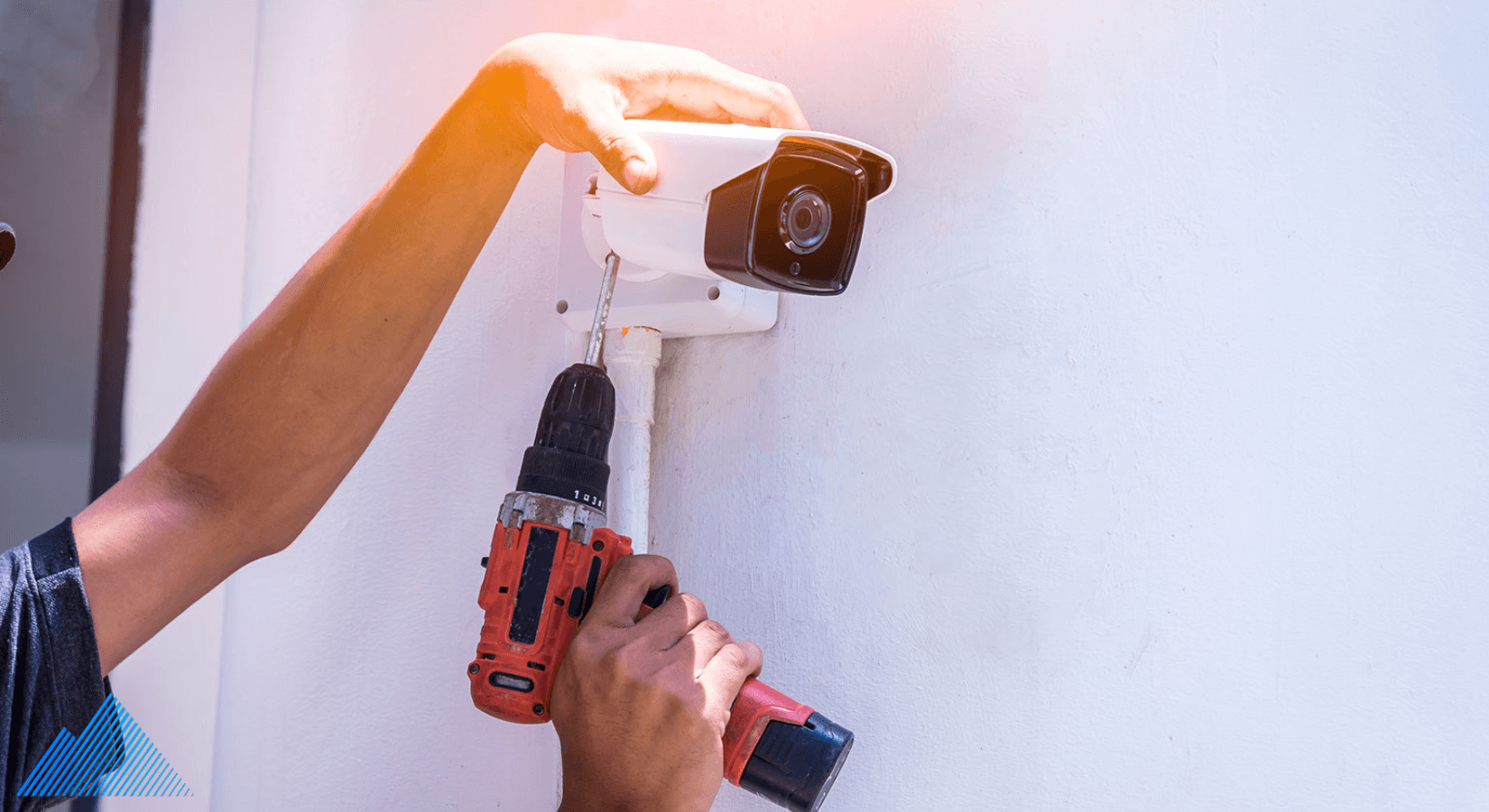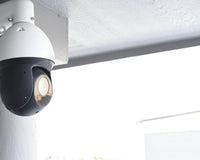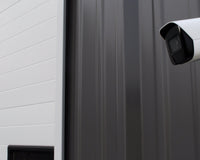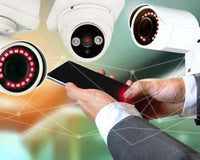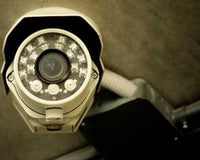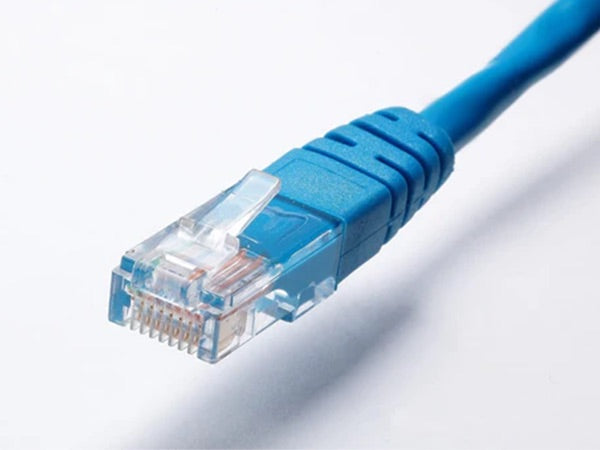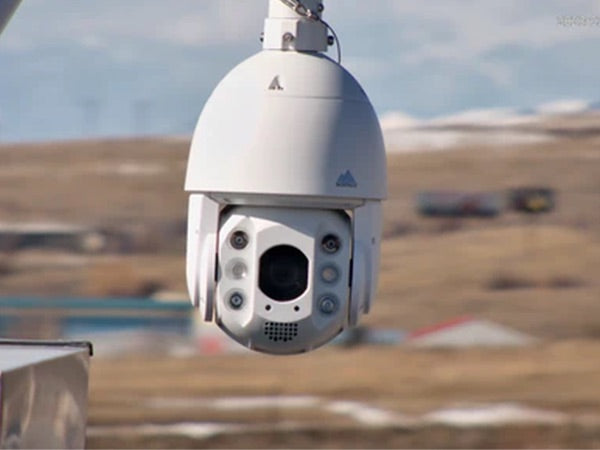There are a few questions you need to ask when installing your first PoE home security surveillance system. First off, you have to ask, do I want to take on the responsibilities of installing and maintaining a system like this?
If the answer is yes then here's a few more questions. Ask yourself, when installing a Montavue Surveillance System and powering it is one of your number one concerns since each camera is powered via one Cat 5, Cat 5e or Cat 6 cable, should I make my own cables?
If yes, manufacturing your own cables can be tricky and it may be in your best interest to hire a professional. This will shorten the installation time and cut down on costly errors. While it may seem easy to fabricate your own cables, it can be quite tricky with being consistent and can lead to some serious troubleshooting later on.
Do you plan on running your own cables? Unless you enjoy being in confined areas like your attic or crawl space the answer is a hard no. The attic is where 99% of all your cables will live after installation but should still be accessible in case one or more of your cameras malfunction. Keep that in mind when adding to that spaghetti mess you are currently growing.
Another recommendation and tip when DIYing your brand new PoE security system would be to test all the cameras at ground level, before mounting them 30 feet in the air so that you don't have to deploy that trusty ladder more than necessary. It isn't common but if you receive a bad camera you will know sooner than later when it's already mounted. This also will tell you if you may have a bad cable in the mix too before running it in your attic. (Don't want to perform tasks that aren't necessary!)
Now that you have tested all your cameras and it's time to hang your cameras where they will live and run those cables, there are new things to think about; or at least think about now or forget about it. I speak of junction boxes and waterproofing! If you are planning on mounting your cameras to metal, concrete, stucco or any other material where drilling a hole big enough to accommodate all of the cameras connectors is an issue and may lead to having exposed wires, this is when a junction box is needed to waterproof any exposed connections. Junction boxes offer a waterproof solution to mounting your cameras with cabling remaining on the exterior. Additionally, if all wires are external, metal conduit is a good way to run wire back to the switch or NVR so no moisture gets in. The appropriate sized conduit can be purchased at any big box store.
The right places to mount cameras is another major decision that needs to be addressed prior to mounting your cameras. First off, consider the FOV or field of view of the camera before mounting it. Many times people add an additional camera thinking it will make up for lost area when in fact, many of our cameras have a much larger field of view than just 90 degrees. One camera on each corner of the house or business is usually sufficient. Camera overkill happens when more than the amount of cameras needed are used. This results in managing and monitoring a system that is too large for the area being surveilled and it can get confusing when differentiating cameras and footage when you really need to pull footage.
DIY Security System Installation Tips
